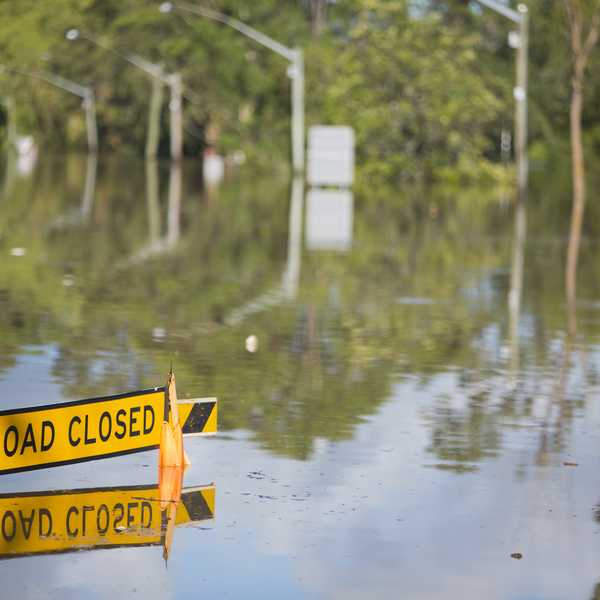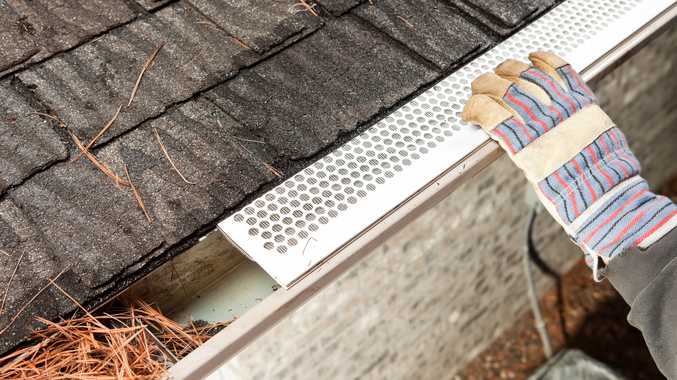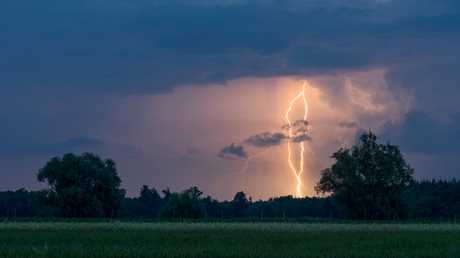
Cleaning up after the flood
Whether you own a home or business, your property and possessions are tremendously valuable and important to you.
Mon 10th May 2021

More homeowners need to make their home more resilient to natural disasters, as research shows 80 per cent of Australians have little interest in undertaking renovations to make their house withstand such events as floods and bushfires.
Insurance company Suncorp has found 49 per cent of homeowners expect to see more disasters such as floods and bushfires in the next 12 months, but 62 per cent are opting to upgrade their kitchens or bathrooms instead of undertaking projects that make their homes stronger.
The organisation has teamed up with CSIRO, James Cook University and Room11 Architects to design, prototype and test what may be Australia's most resilient home and is encouraging homeowners to consider undertaking its suggested resilience measures in their next renovation.
Bushfire Adaptation at CSIRO research leader Justin Leonard says Australia's housing is poorly suited to fire and homes can burn down for minor reasons.
"We hope that Australians - whether building a new house, planning a reno or thinking about ways to add value to their existing home, can take away practical ideas from our research," he says.
This includes low-cost ideas for existing homes that homeowners can start implementing now to be prepared for the next natural disaster to hit their neighbourhood.
Ember attack is the most common way a house burns down in a bushfire, as embers can enter the tiniest gaps, igniting such things as timber and leaf litter. Fixed mesh screens over gutters and gaps in the building can slow down flames during a bushfire.
A dual tank system of two galvanised water tanks will provide one source for firefighting if the home is disconnected from mains water during a bushfire, and another as a back-up water supply so residents will always have drinkable water.

PVC plastic gutter fixings melt in the event of a fire, and the gutters will safely fall away from the house. This helps protect the home from embers and reduces the likelihood of embers entering the back-up water supply, affecting its quality.
Electrical wiring in the roof can help prevent a loss of power when a home is flooded.
Installing power points and switches at least one metre above floor level can reduce the risk of electrical issues during and after flooding.
Glazed windows and doors can protect the home from flood and fire. They can prevent water from entering the home and provide a more evenly distributed heat load over glass that can prevent cracking.
Leonard says making a home resilient to natural disasters is not about making a house emerge from an event unscathed but ensuring it maintains its structural integrity.
"It's about having a place to live after a fire - that's the definition of resilience," he says.
To learn more, visit onehouse.suncorp.com.au
Upgrade for resilience with qualified, expert tradies. Find them with Buy Search Sell.
By Cara Jenkin